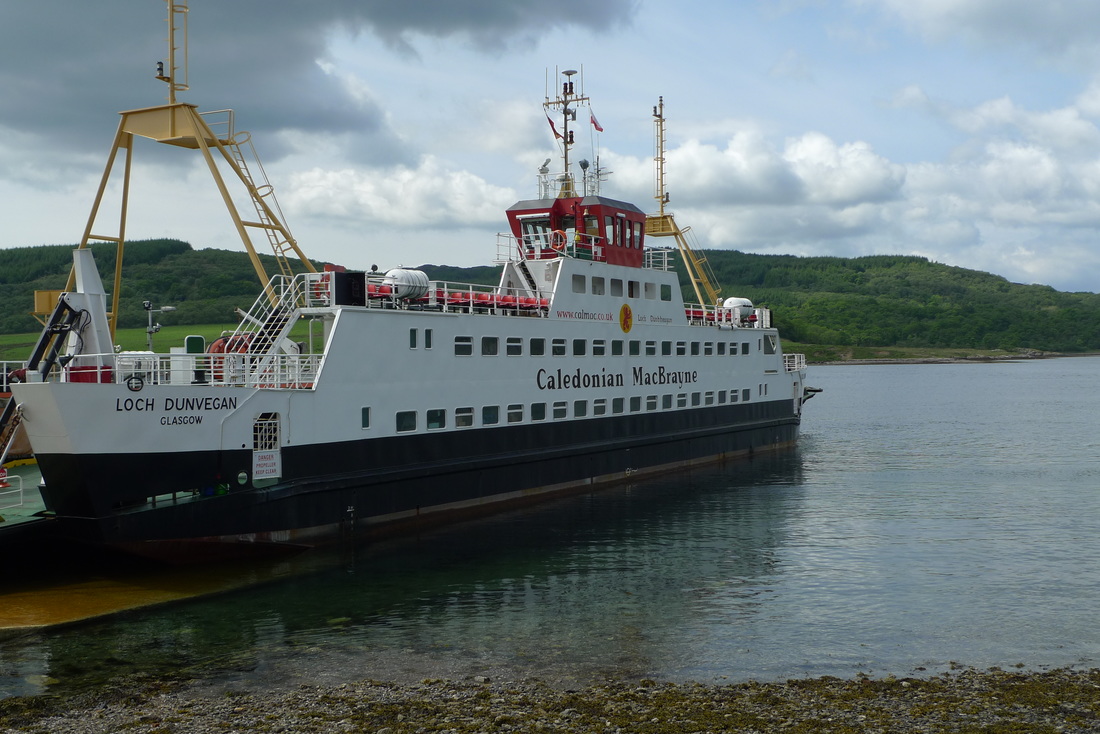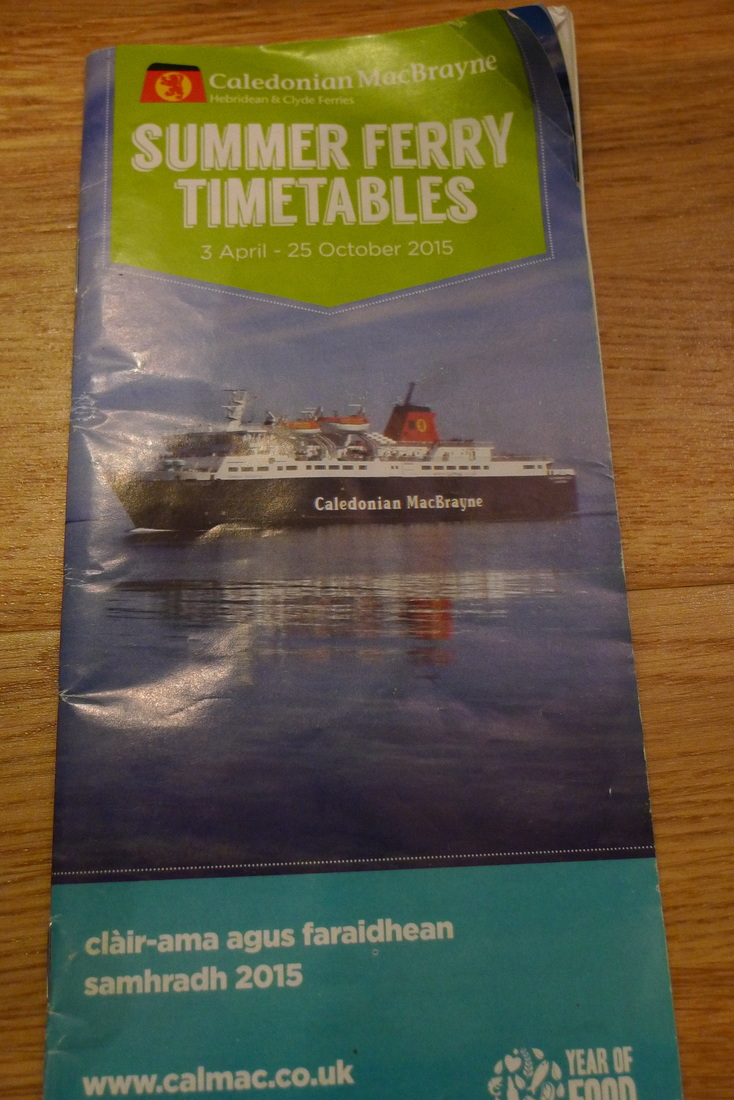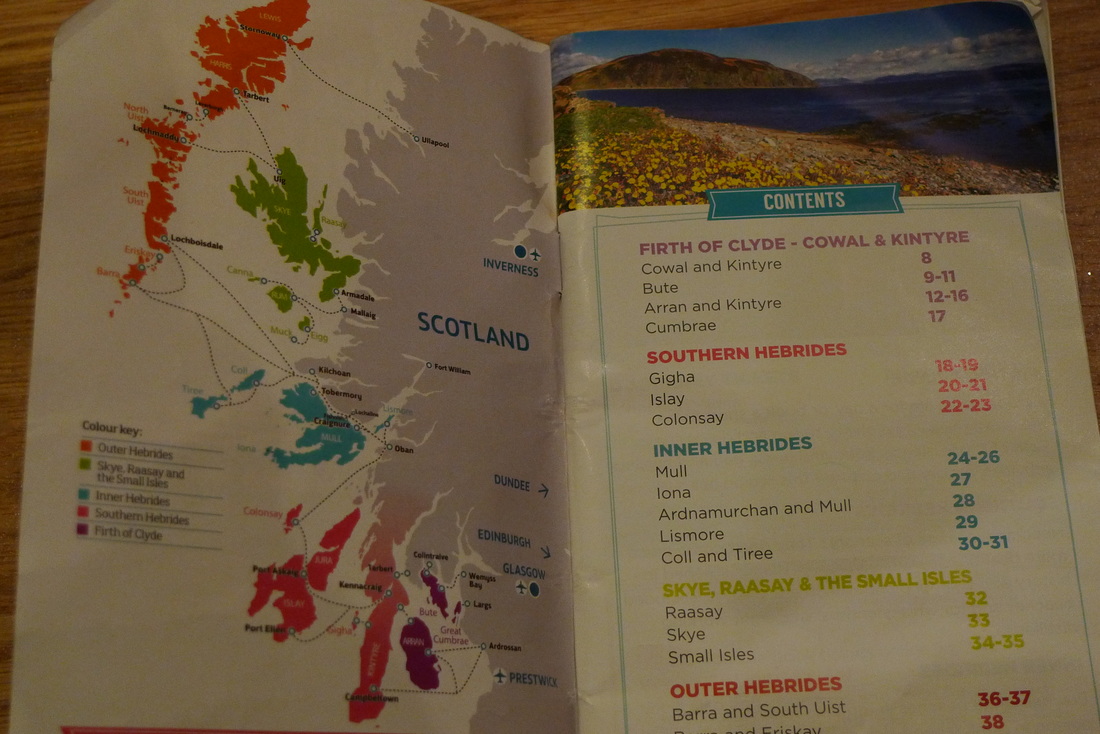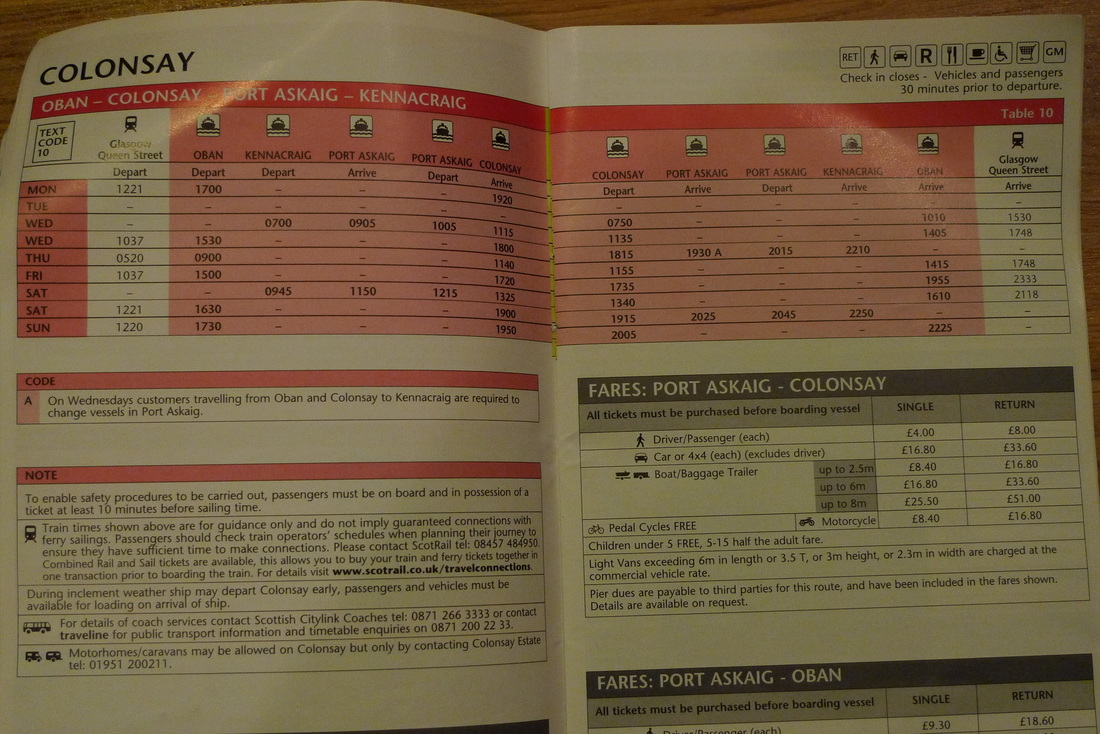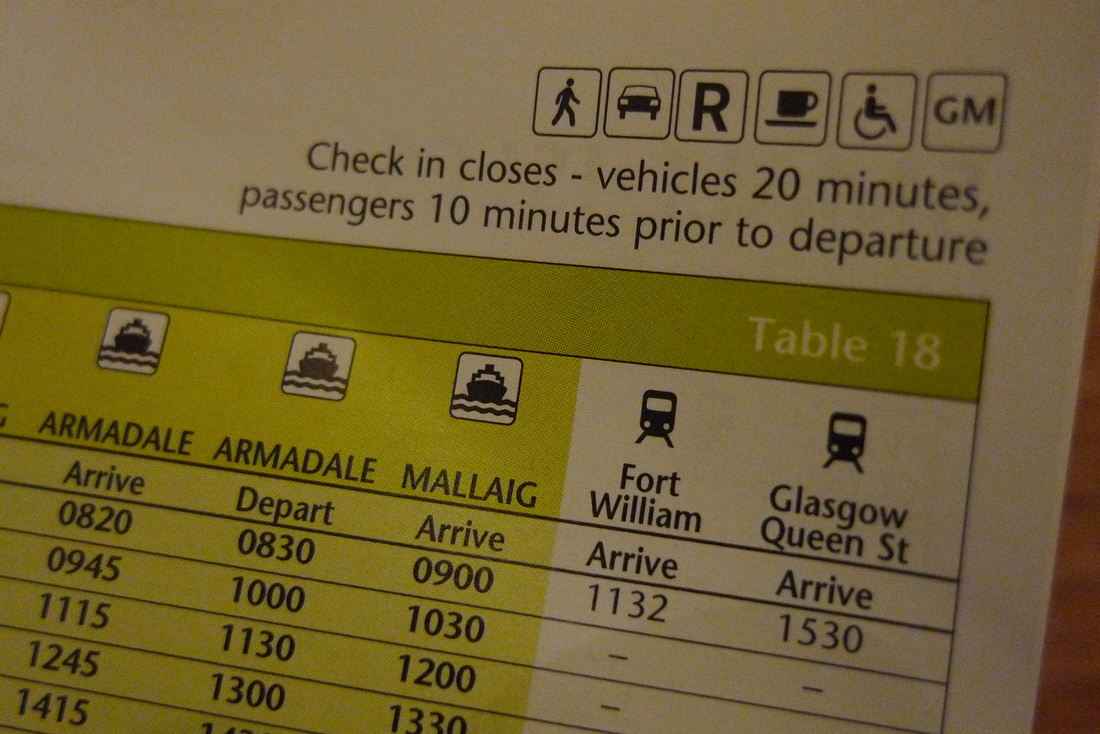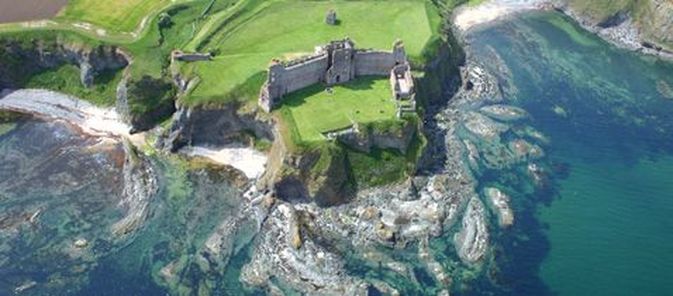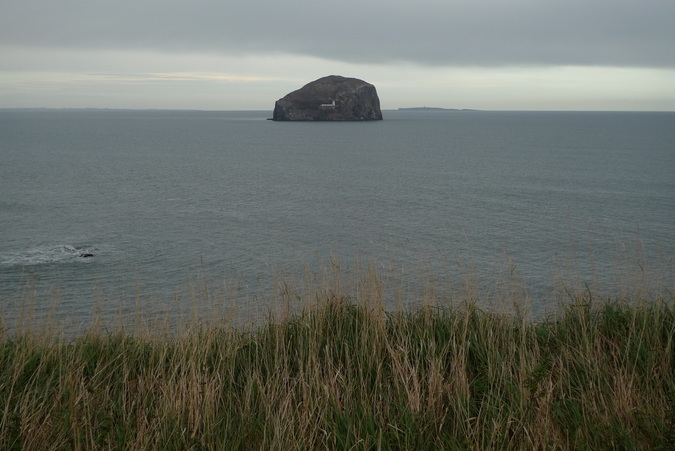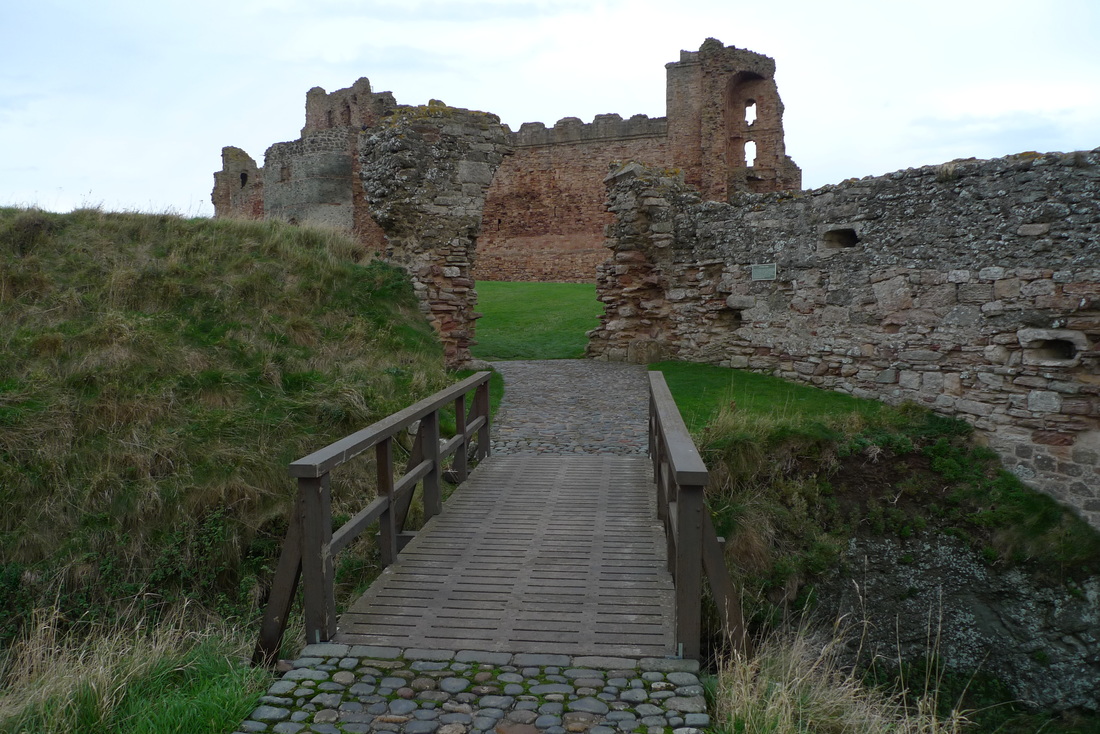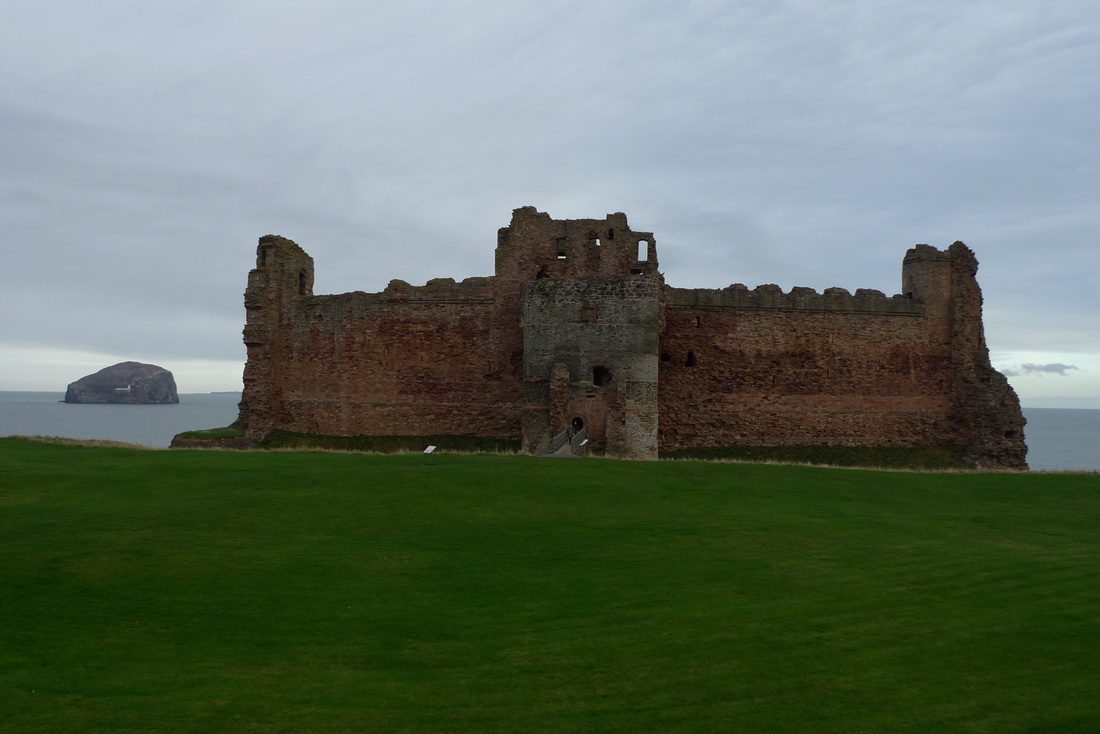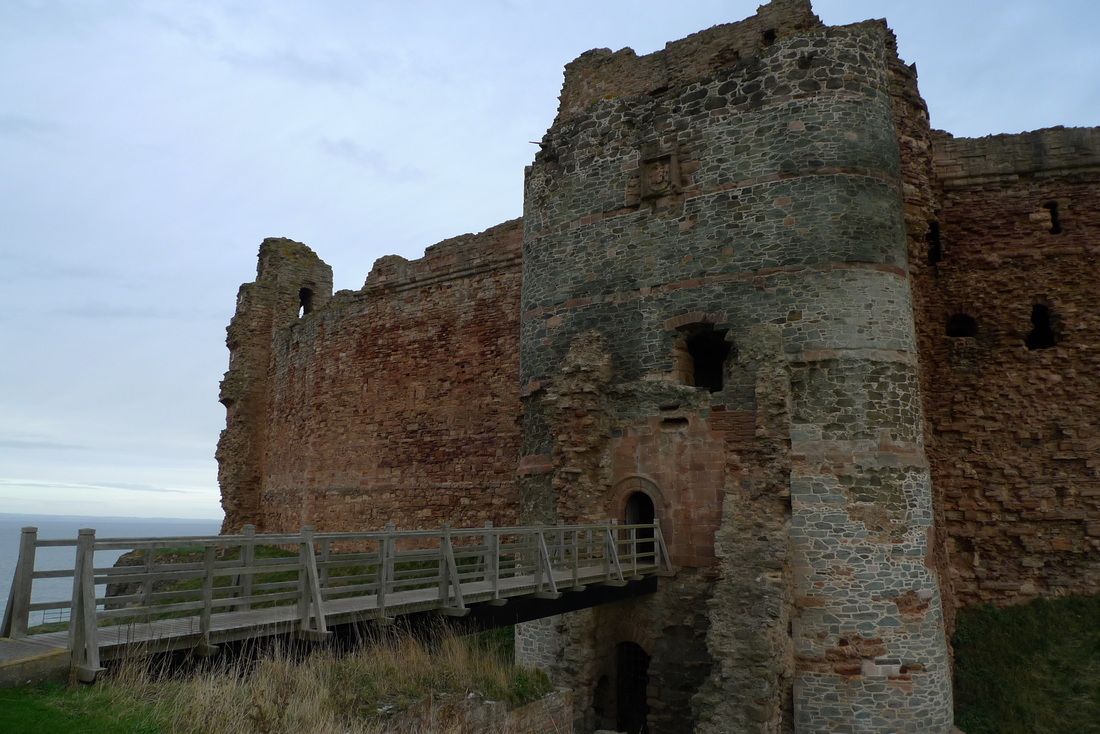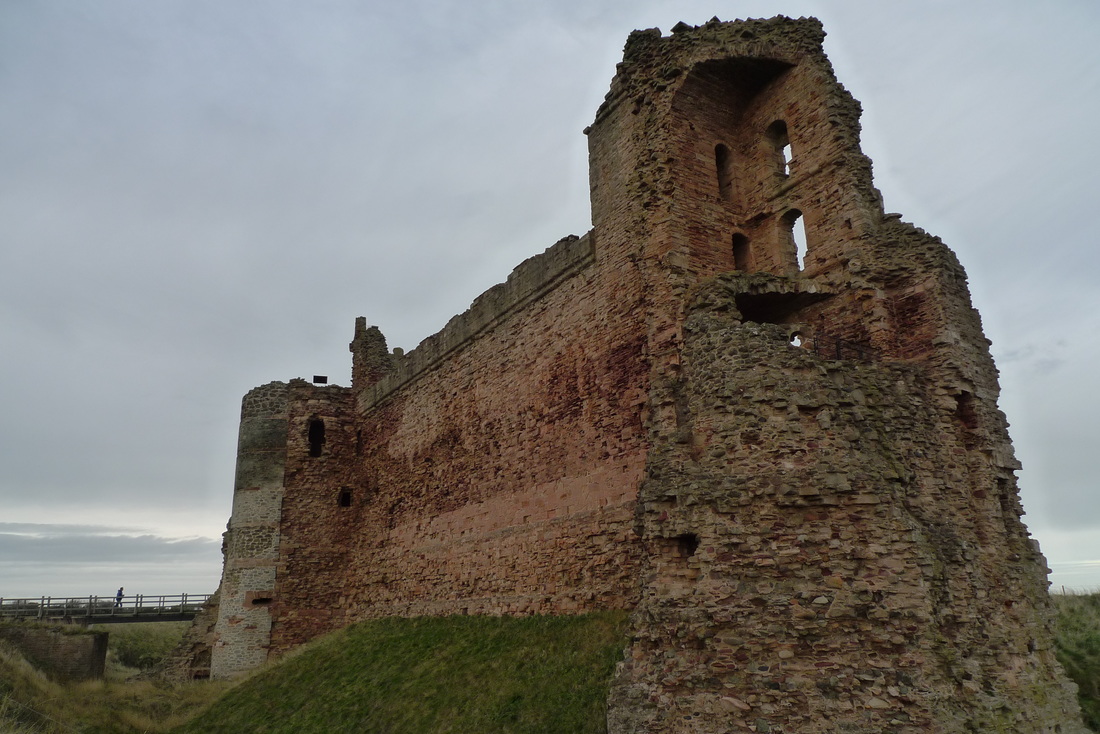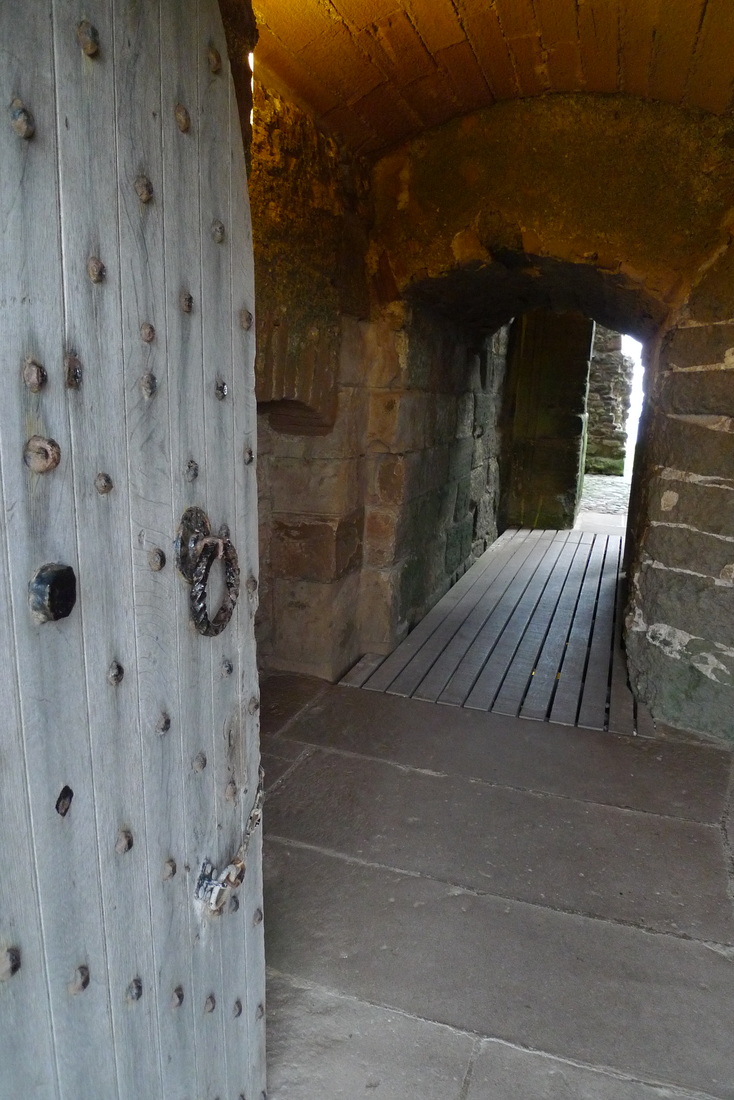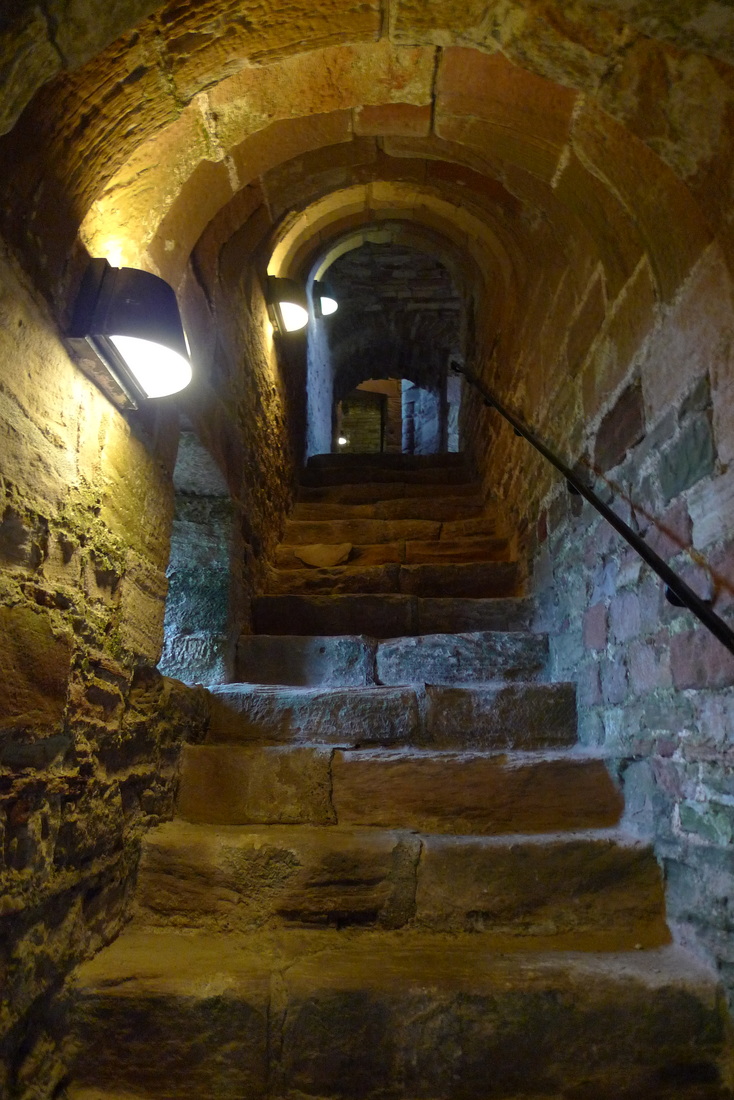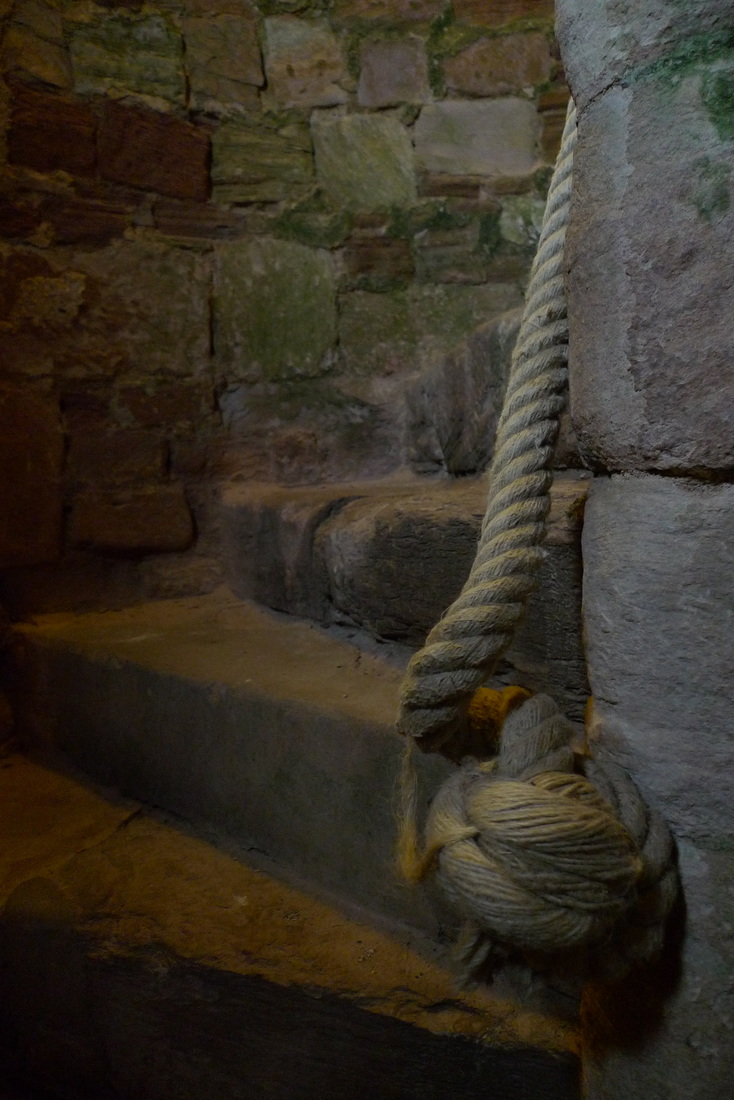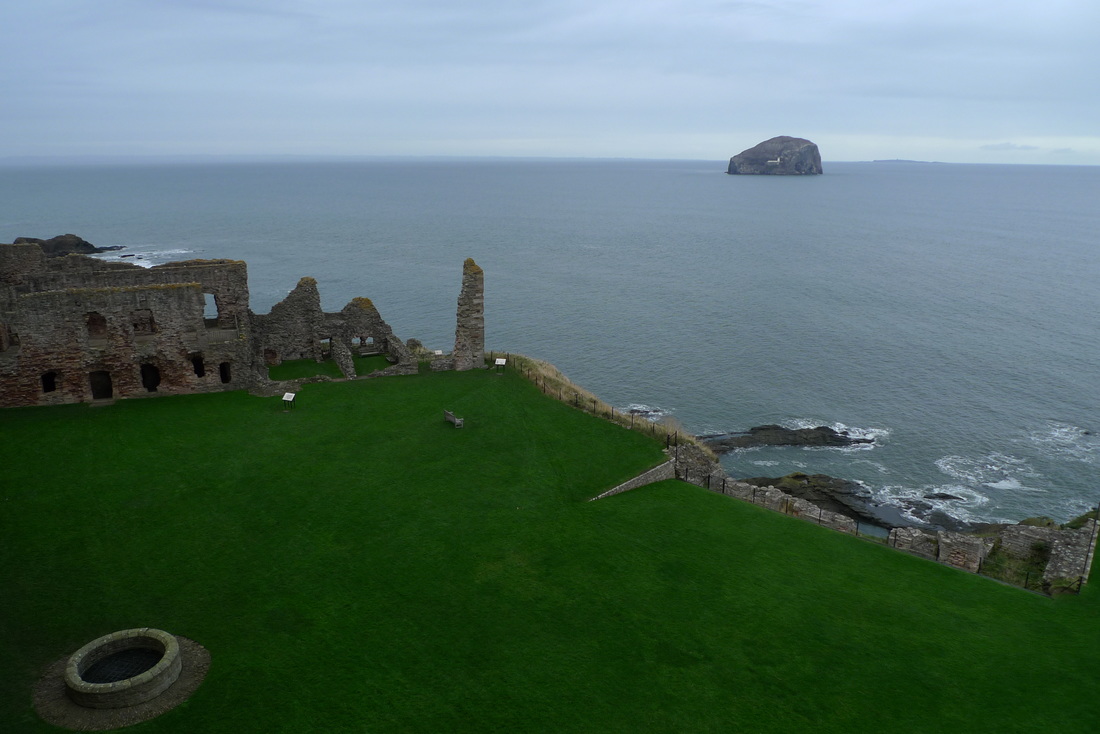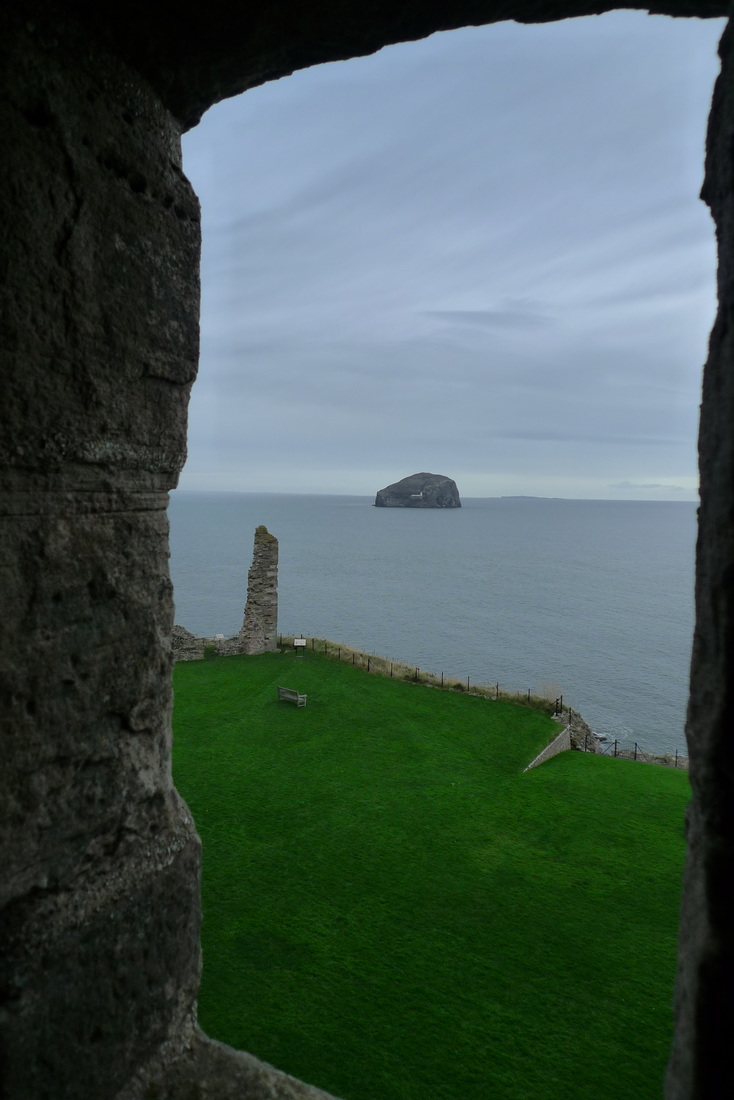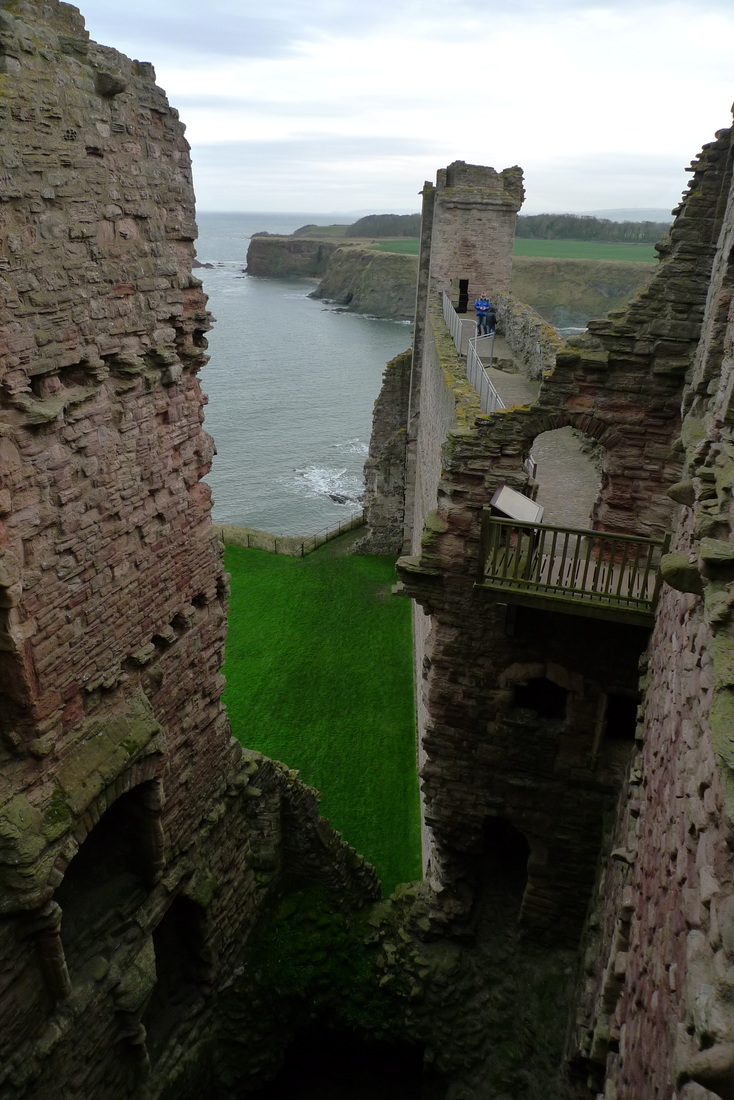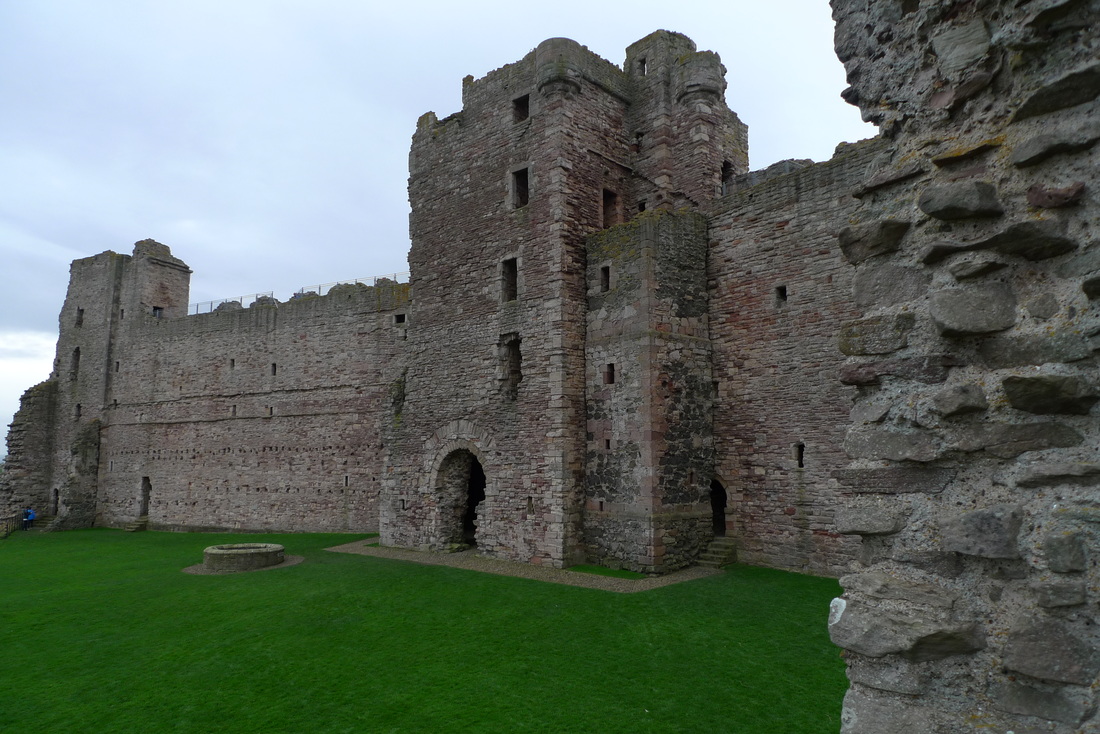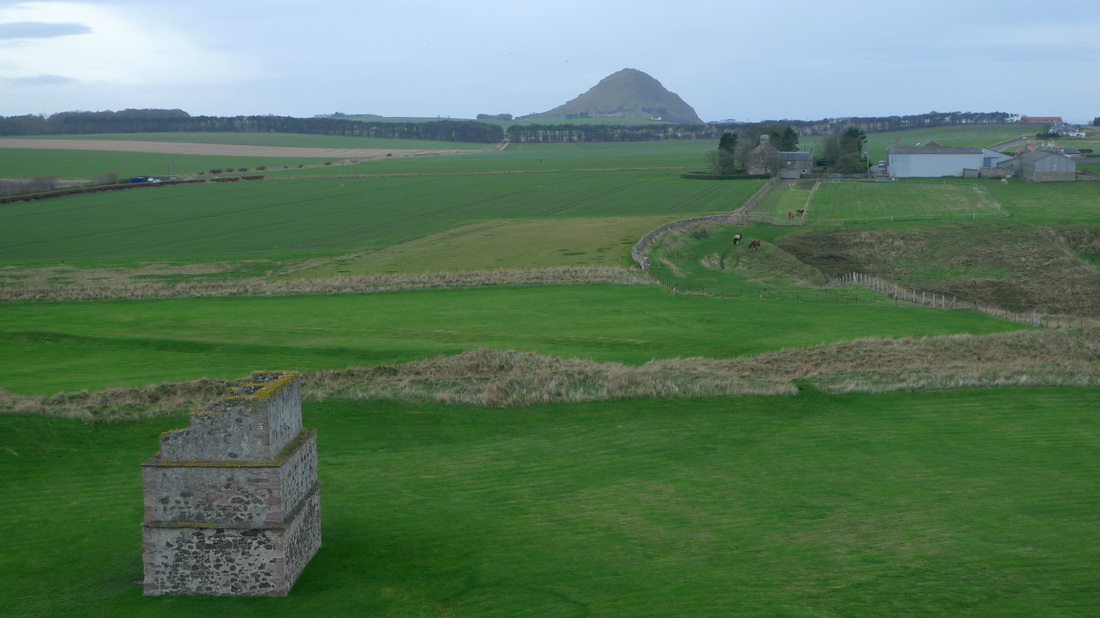|
Robert Penn, journalist and round the world cyclist, decides to design and build a bespoke bicycle. He selects the best components that the world has to offer, travelling to workshops from California to Milan. The book is also the story of the bicycle, the history of this remarkable machine from the early days when there were no pedals to the modern day bicycle that we know and love today.
This is a superb book if you want to learn about the development and history of the bicycle. It is a fascinating story told in an engaging and highly readable book. I tend to take my bicycle for granted, that the way it looks and functions is how bicycles always looked and functioned. I had no idea that the bicycle went through many phases of development. It began in 1817 with the "Draisine", a machine that consisted of two wooden wheels with a wooden bench between them. The rider straddled this bench and pushed the contraption with their feet. There were no pedals. It was not until the 1860s that the pedal was introduced. This version of the bicycle was called the "velocipede", but the pedal was attached to the front wheel, and it was not until 1885 that pedals were attached to the rear wheel when the 'safety' bicycle was launched. I don't give my tyres a second thought, but velocipedes had iron tyres. These then evolved to solid rubber strips glued to the wheel with the safety bicycle. No wonder the word 'boneshaker' was in common use. Dunlop developed the pneumatic tyre in 1888 and this made the bicycle comfortable to ride and much more popular as a mode of transport. The book has a mixture of illustrations and black and white photographs to show what all these incarnations of the bicycle looked like. During the process of putting together his dream bike Robert Penn discovers manufacturers with great pride and passion. He watches his bike being constructed and describes the processes in detail. I found this to be too thorough on occasions, but those who are obsessed by every inch of a bicycle will enjoy this. It was sometimes a bit too geeky for me, but on the whole I enjoyed learning about the components and manufacturers. It did make me think that it would be nice to do the same, but you need to find several thousand pounds to build your own bicycle. The author has a great talent for expressing the sheer pleasure of cycling. There are several great quotes, but I shall leave you with this one, when he rides his new bike for the first time: "A myriad of concerns- about the bike, about this book- dissipated completely. This is the beauty of cycling- the rhythm puts serious activity in the brain to sleep: it creates a void. Random thoughts enter that void- the chorus from a song, a verse of poetry, a detail in the countryside, a joke, the answer to something that vexed me long ago."
0 Comments
Scotland's islands are fantastic places to take your bicycle. They are the ultimate escape where the pace of life is always more relaxed, the roads are quiet and the scenery breathtaking. Travelling to them is always exciting because of the sea voyage. The Caledonian MacBrayne ferry timetable is something I love to pour over and plan island adventures.
The contents page lists the islands, their magical names (Gigha, Tiree, Skye...), enticing you to turn the pages and find out how to visit them. The timetable for each island provides you with lots of information, such as ticket prices and connections with trains. Every fare table has a bicycle symbol with the words "pedal cycles FREE" next to it, so you only ever pay the price of a passenger to take your bike on a ferry. As you make your way through the pages you can tell how remote an island is by the infrequency of the services. These islands excite me the most as they require a lot more planning to work out how to get there and how to get back. Each timetable has a collection of symbols that indicate what facilities are available on the ferry. On the longer ferry journeys the most important symbol to look for is the knife and fork because this means that there is a "Mariner's Restaurant" on the boat where you will be able to buy a hot meal. Calmac favourites include fish and chips, curry of the day and macaroni cheese. This is tasty and filling fuel if you have been on the bike all day. Calmac are proud that they source the best of Scottish food, so there is fish caught from the shores of the island of Barra, venison from Argyll, and Rannoch Moor smoked chicken.
So, there is plenty to look forward to when planning a trip to Scotland's islands. The Calmac ferry timetable provides plenty of inspiration and is always worth having in your bag. A true icon of travel.
Rob Lilwall flies into deepest Siberia and begins to cycle back home to England. It is the ultimate cycling adventure and takes three-and-a-half years. He cycles through many countries, including Japan, China, Australia, Tibet and Afghanistan. This is a gripping book and gives a vivid account of the countries visited, the people met, the challenges and the impact of the journey on the author.
I must admit to being initially disappointed when I discovered that only the first seventy or so pages of the book are about Siberia. The title of the book and the picture on the front gave me the impression that the author was going to cycle all the way across Russia, east to west. I was looking forward to tales of incredible endurance in the face of minus temperatures, but this is only contained within the first part of the book. Rob actually cycles south in Siberia in order to take a ferry to Japan, so most of the pages are about other countries. Once I got used to that I started to enjoy this incredible account of a world-wide cycle journey. I liked the layout of the book with its maps, statistics at the end of each section, thought-provoking quotes at the start of each chapter and the photographs. There is a particularly fun montage of portraits of the author, showing his changing appearance and facial hair through the various stages of the journey. The Siberian experience is amazing to read about. He travels this section with Alastair Humphreys, who wrote his own books about cycling around the world. At one point they have to make a difficult choice about taking a 'winter road' or 'summer road': "The 'summer road' was the shorter of the two, but was passable only in the warmer months, before snow blocked it. On this road there were several unbridged rivers which, although partially frozen, we would have to wade across. We had been told there was only one proper settlement on it, the village of Oymyakon. In 1919 it had been in the record books for recording -71.2 degrees celsius, the coldest temperature ever for a permanent settlement." The two riders experience great kindness from locals with many offers of warm accommodation for the night, which saves them a number of nights in a tent in freezing conditions. As Rob makes his way around the world he mainly experiences similar kindness from strangers. He also faces challenges, such as bad roads in Papua New Guinea which mean that he must push his bike through jungle for days and hire locals to guide him. He cycles the mountain passes of Tibet in winter and faces the dangers of Afghanistan. He also copes with being robbed and getting ill with malaria. The book achieves a good balance between telling the story of the cycling challenge and saying something about the countries that are travelled through. Rob has a good eye for detail and includes all the little observations that form his impressions of places. It makes for strong travel writing, although I found it is at its best in the Siberian chapter and slightly weaker for the other countries. In some sections it feels a bit rushed, for example in Australia one chapter begins "It is four months later..." Of course, some things will need to be left out in order to fit such an enormous journey into the size of an average novel. The final section of the book that covers the journey across Europe has little detail about the countries, but it reflects Rob's desire to get the last few miles over with and see his family again. I was engrossed in this book and found it very readable and exciting. Even if you have no intention of embarking on a similar journey it still makes you want to get out on your bike and explore.
One of Scotland's most dramatically situated castles can be reached easily from Edinburgh using the train and a bicycle. Tantallon Castle is perched on a rocky coastline, surrounded by cliffs, and has stunning views of the Bass Rock with its 150,000 gannets.
From Edinburgh Waverley station take a train to North Berwick (35 minutes). North Berwick station is the end of this line and once had stone buildings and an elegant canopied roof, but this was all demolished in the 1980s. Today there is little more than a small kiosk with a sign stating "confectionery and newspapers." Take the A198 to the castle You have to cycle 6km on an A-road that has a steady amount of traffic, but the road is wide enough for safe overtaking. For a large part of the road a pavement runs alongside it. Although this is not marked as a cycle path it is not heavily used by pedestrians. Unfortunately it does not go all the way to the castle and there is no choice but to use the road for a final, short stretch.
This is a coastal road, giving views across golden fields to the blue sea and the Bass Rock. On the return trip the view is even better because you can see Berwick Law, a hill that dominates the landscape for miles. The surrounding area is mainly flat so Berwick Law looks mountainous and gives the impression that it towers over the town.
On reaching the castle car park you have to leave your bicycle here and then purchase a ticket from the kiosk to enter the castle. The approach to the castle involves a walk across this bridge.
The castle has a stunning profile with towers, the sea behind it and the Bass Rock to the left.
There is another wooden bridge to cross to get inside the castle:
The bridge crosses a wide, deep ditch that was an inegral part of the defences. This view shows the ditch and the mighty towers that have stood here since the 1350s:
Once you are through the door and inside you will find this an exciting place to explore. There are plenty of spiral stairs, with rope handrails to grab onto, narrow passages and hideouts.
On leaving the castle I commented on the stairs and passages to the steward and he said, "yes, it's a good fitness regime." If you are disappointed by the short cycle on this route, then fear not! The castle itself is going to give you plenty of exercise.
I peered down a 32 meter deep well and discovered the shaft to be thriving with jungle-like foliage. It was like a lost world down there. The plant in the well is hart's tongue fern.
Tantallon Salad It turns out that the castle provides a home for many flowers and plants. The old stone walls are like a rock garden for wild thyme and wall pepper, a plant whose leaves have a peppery taste. So, the castle walls are a good place to pick up salad ingredients! The castle ditches also provide nourishment in the form of scurvy-grass, a plant rich in Vitamin C that sailors once munched to ward off scurvy. Sea Views I found a narrow passageway to a latrine where I looked through the hole to a view of the sea lapping far below. I liked the idea of a bathroom with the sound of the sea below. The sea was gentle during my visit. It made a soothing, calming sound as I made my way around the castle. There are many windows that give views over the grassy courtyard, out to sea and the Bass Rock.
When you walk out into the courtyard and turn around to look at the castle facade it is equally as impressive as the landward view of the building.
The landside view from the castle looks across fields towards Berwick Law. I could hear geese from a nearby farm and watched two horses grazing. It was peaceful now and almost impossible to imagine the siege of 1491 when King James IV brought catapults and dug trenches. This siege and others failed to take the castle, a testament to the strength of the building.
How to get there
Making use of the train and a bicycle makes it easy to visit the castle, otherwise you need a car or plan a journey using train and local bus to get there as a day trip from Edinburgh. The train takes 35 minutes from Edinburgh and it is a 12km return cycle trip, If you want more of a cycle you could ride from Edinburgh to Musselburgh and then take the train to North Berwick. |
|


